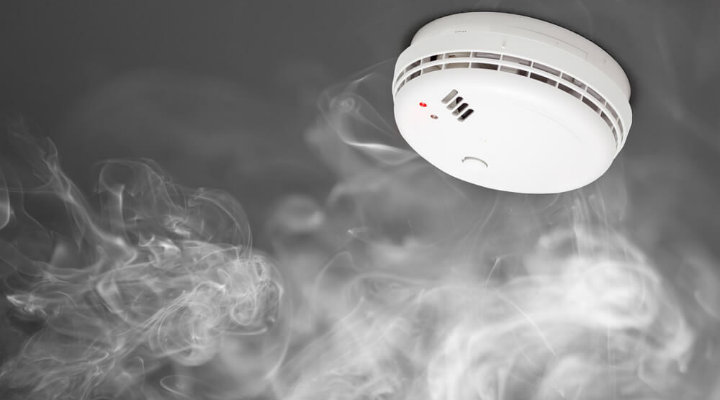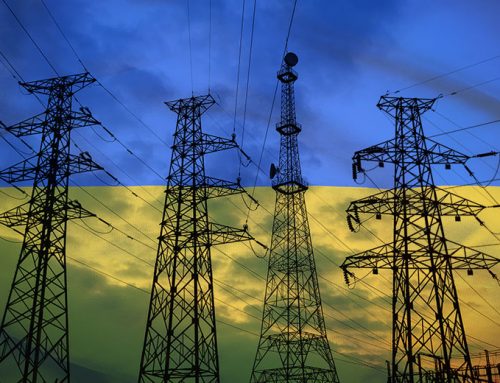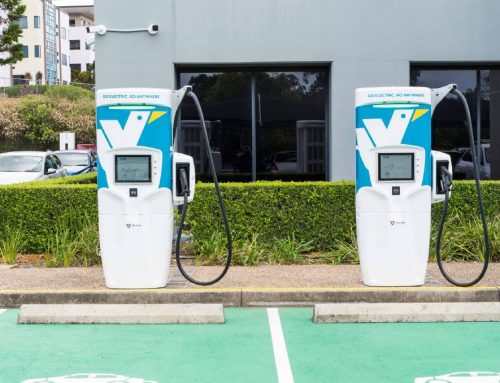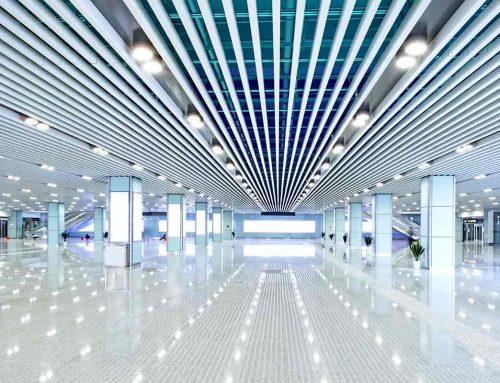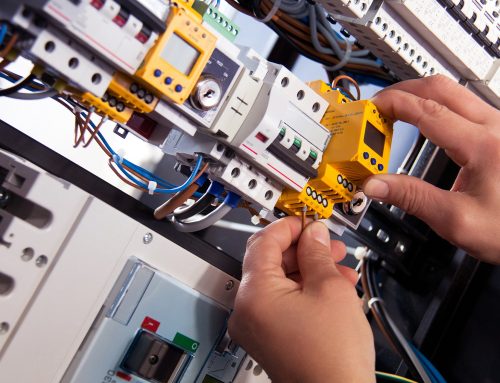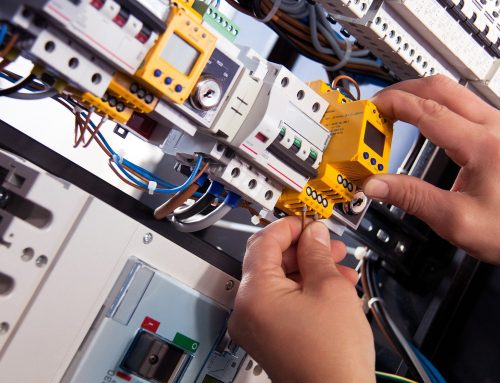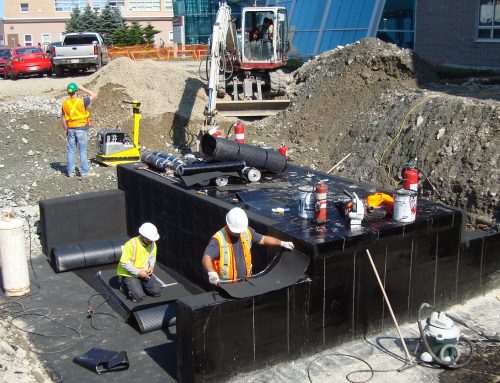The Smoke Alarm
Why is the smoke alarm a must? The environmental planning and assessment act 1979 states that there must be one working smoke alarm installed on each level of all buildings were people sleep. This regulation has been enforced since 2006 and any person failing to recognize this legislation can be found guilty, facing fines of up-to $550. The act also states homeowners must have smoke alarms installed on every floor of their home. If you’re a landlord, you are responsible for installing smoke detectors and replacing batteries, no interference should ever be made to the smoke alarm by landlord or tenant. In battery operated smoke alarms tenants are responsible for changing the battery’s during the tenancy and with the hard wired smoke alarms the back up battery is the responsibility of the landlord.
Not only should we be installing smoke alarms on every floor of all buildings but the NSW fire and rescue recommend installing smoke alarms in all bedrooms, living areas, hallways, stairways and even the garage. They also advise on using interconnected smoke alarms through-out the homes, meaning if one smoke alarm goes off they all do.
Interconnected smoke alarm – this type of smoke alarm is a must in all homes, can you imagine been in a deep sleep on the 3rd floor of your home while your kitchen smoke alarm has been triggered, you will sleep right through it! The interconnected smoke alarm, once triggered in the kitchen will activate smoke alarms through-out your home as long as they have the interconnection between each alarm.
There are two ways a smoke alarm can become interconnected either wireless or hardwired. The hardwired interconnected method is solely used on the 240v smoke alarm, a single STI electrical cable is used along side the hard active and neutral for interconnection between each smoke alarm. Any amount of smoke alarms can be interconnected as long as they have the function to do so. If the smoke alarm is triggered all smoke alarms that are interconnected will sound. The wireless method for interconnection is done through radio frequency transmissions {RF}. This method is much easier if running cables is not viable but the cable interconnection is more sound. These smoke alarms function in the same way as Bluetooth but the RF signal has a much greater range and should work through-out most homes.
Photo-electric & Ionisation Smoke alarms
The main types of smoke alarms that you will find in most homes, the photo-electric and ionisation smoke alarm. We always recommend and install the photo-electric smoke alarm and all fire services through-out each Australian state suggest the same protocol.
Photo-electric smoke alarm – our choice for home safety, most home fires will start with smoldering smoke due to the synthetic material from sofas, mattress and rugs. These materials will eventually turn into flames. The photo-electric smoke alarm is fast at detecting smoky fires and studies have shown a 3 – 5 min detection time. Its main components comprises of an LED light that produces a light beam and works in conjunction with a tiny photo-sensor inside what is known as a light sensing chamber. Once smoke enters the chamber the light will deflect in the direction of the photo-sensor which has its own compartment in the same chamber. When the light beam hits the sensor the alarm will trigger then sound. The smoke alarm can also be triggered under different circumstances but very minimal to these conditions such as smoky cooking or incense candles, . if no danger is present the “hush” button can be used to stop the alarm from sounding. Other advantages of this type alarm is that it contains no radioactive material so can be disposed in a safely manner.
False alarms due to –
- Their time is up, past the 10 year sell by date. The alarm should be replaced after 10 years of working
- The battery needs replacing, all smoke alarms should be battery back up in the case of mains failure.
- The smoke has collected to much dust over time, its also possible rodents are wandering inside the chamber. A small vacuum cleaner will clean up any unwanted dust if carefully used on the smoke
- Have you installed the smoke alarm in the wrong location, maybe its too close to your cooking appliances or is it installed too close to the shower that is giving off to much
Always ensure the photo-electric smoke alarm complies with Australian standard AS 3786-2014
Ionisation smoke alarm – this type of smoke alarm works best for flaming fires but its banned in some countries due to the radioactive material inside the smoke alarm chamber. The small amount of radioactive material rests between two electrically charged plates. Its material ionises the air, creating a current between the two plates and once the air is disturbed the alarm will trigger then sound. One of its main disadvantages over the photo-electric alarm that its slow to detect smoldering fires with detection time as much as 20 minutes. Ionisation smoke alarms will have a radioactive sticker underneath the body of the alarm, its possible you might need to remove it to see the sticker.
Advantages
- Reacts faster to flaming fires. Flaming fires can result from burning timber, paper or liquids catching
Disadvantages
- Responds slower to smoldering fires, failing to give sufficient time to departure your home in the event of a
- Contains a small amount of radioactive material that will need to be composed of
Its always a good choice to use both types of smoke alarms but if one is only an option we advise on using the photo-electric smoke alarm.

